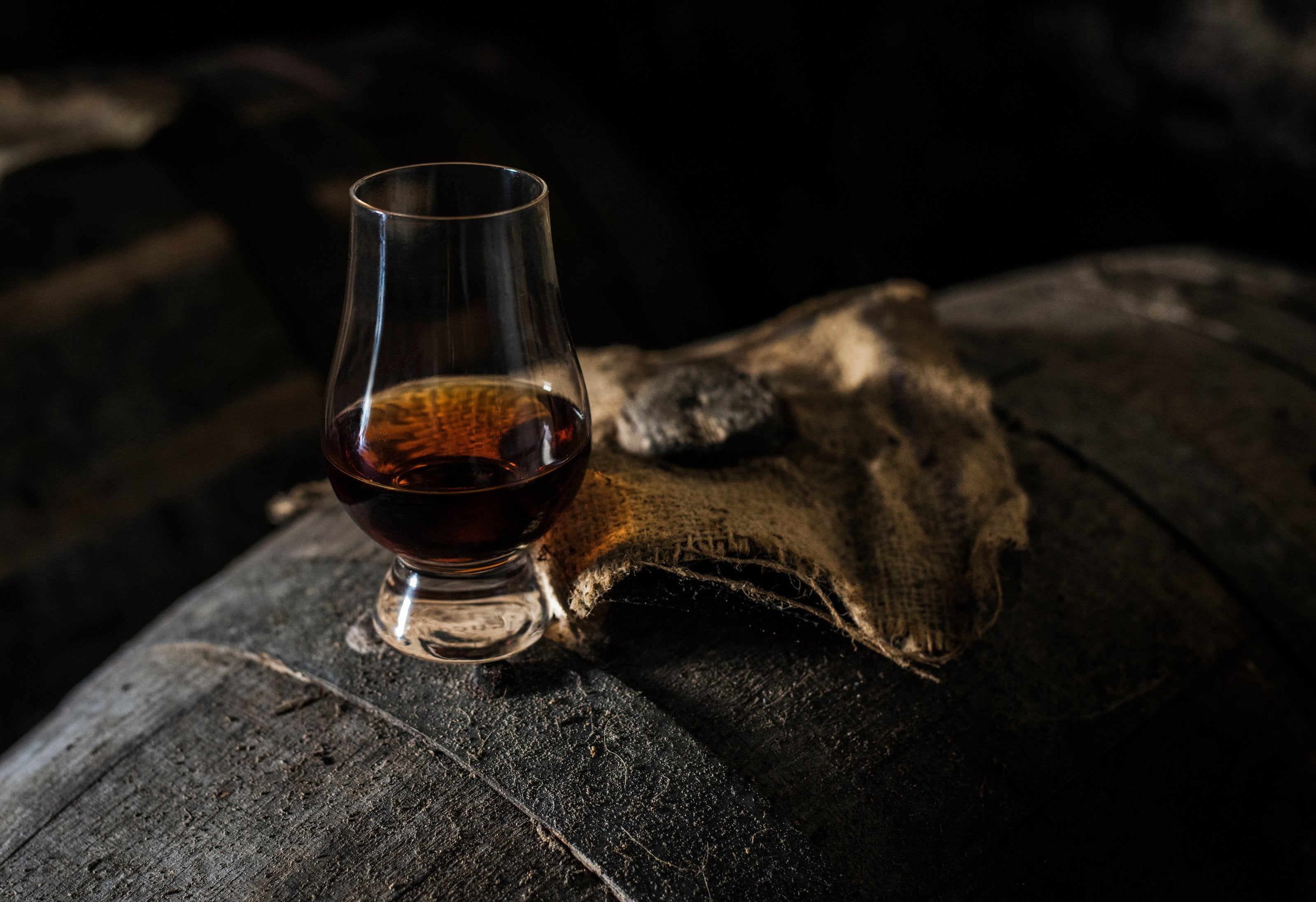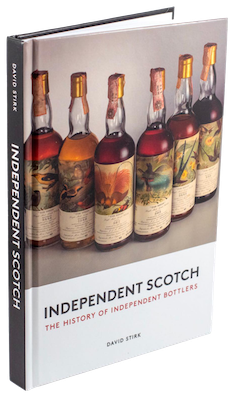
How To Make Your Own Whiskey In Five Steps
We love independent whiskey brands
Here at TopWhiskies.com, we love independent whiskey brands. We think they're an ideal way to find great quality whiskey thats bottled with pride. So, we thought it might be fun to think about how you would go about making your own whiskey!
How to make a whiskey brand
Have you ever thought to yourself “I love whiskey, I wish I could make my own”? It's a conversation we have with friends, new and old, surprisingly often.
Now it is worth explaining what we mean by "making your own whiskey". Making your own whiskey from scratch is at best, difficult and expensive, and at worst, illegal. In many countries, the UK included, home distillation is not allowed. So what we’re focussing on here is: how to become an independent whiskey bottler. The good news is, becoming an independent whiskey bottler, or creating your own whiskey brand, is not as hard as you may think.
It is true that there are a few things that require careful thought. So here’s our five step guide to making your very own whiskey brand.
Step 1: why do you want to make your own whiskey?
This might sound like an obvious question to ask. But, it’s also an important one. All the subsequent steps and considerations will flow from this starting point. So it’s well worth sitting down with a dram and carefully reflecting on what your end goal is.
That end goal could be many different things. Perhaps you’re getting married, and want to put something on the guests’ dinner tables. Maybe you want to surprise everyone in your family, or company, with a special Christmas present. You might have your own bar, restaurant, club or even social media channel and may want to put something out under your own brand. You could even be planning on becoming an independent whiskey bottler.
Step 2: how many whiskey bottles do you want?
Remember I said step 1 was a basic but important question? Clearly your end goal will influence how many bottles you need.
You’re unlikely to want 350 bottles of whiskey to gift your friends and family at Christmas; unless they’re going to get the same Christmas present for the next ten years! Equally, if you’re planning to launch as an independent whiskey bottler, it might be useful to have a decent starting number of bottles - you might even want a number of different bottlings, so you can go to market with some variety.
Put simply, the number of whiskey bottles you want will influence the size of whiskey cask you’d look at (you can read more about whiskey cask sizes here). But there are some ways to think laterally; for example, you could collaborate with another bar, or whiskey club, to share a cask - producing a manageable number of whiskey bottles for each party.
Step 3: what type of base spirit do you want?
This may, or may not, be important to you. You might be more focused on maturation technique. What you probably will have reflected on is whether you want non-peated, lightly peated or heavily peated spirit. Even if you're not buying new make spirit, its still important to consider the base spirit as clearly this will have an impact on the final whisky. If you are a fan of a particular distillery, maybe Deanston is your favourite, or English Whisky Company is down the road from you, then finding spirit from that distillery of choice can be a way to make your bottling even more special.
Step 4: how do you want your whiskey matured?
There are three key considerations here, each of which impacts flavour (happily) and cost (sadly!).
First, what style of cask do you want your whiskey matured in? An ex-bourbon cask is a common, classic, approach. Using ex-sherry is also a frequent approach, albeit slightly more expensive than ex-bourbon. But there are other options too, ranging from ex-port, to ex-beer, and beyond.
Second, how long do you want your whiskey to be matured for? Length of time will influence the flavour of your end product, how much liquid you’re left with (after evaporation), and cost (with older casks more expensive than younger casks). You'll also need to think about where your whiskey will be stored while it matures; whether its a dunnage warehouse or a more modern racked warehouse, there are legal requirements around securely storing whiskey.
Third, do you want to use a cask finish? Finishing is where the whiskey is transferred from its primary cask into a secondary cask for an extra finishing period. The amount of time you finish for will vary depending on the size of the secondary cask, and the end impact you want to have on the whiskey. But this technique can be a clever way of layering additional flavours on to your whiskey.
Step 5: now you have your whiskey, it's time to bottle it!
The final step, and chance to get creative. Broadly speaking, you again have three key considerations.
First, what ABV strength do you want to bottle your single cask whisky at? You have the choice of either keeping the whiskey at the same strength you find it in the cask, or adding some water. Keeping it as you find it allows you to print “cask strength” on the label, and gives the end recipient the chance to decide whether they want to add water, and if so how much - to their taste. Adding water yourself at the bottling stage allows you to control the flavour, if for example you decide that a certain strength optimises the flavour profile. It will also reduce the cost of the bottles; you’ll have more whiskey to bottle, and lower duties to pay on each bottle (duty cost depends on alcohol strength).
Second, what glass bottle will you use? In the UK, the common bottle size is 700ml. In the US it has to be 750ml. But you may have other options to consider. For example, some independent bottlers like Boutique-y Whisky Company use a 500ml bottle. Clearly this means your recipients get less liquid, but it will mean a higher bottle count, and a lower cost. The style of glass bottle is also entirely up to you, you could go classic, modern, artsy, and anything in between.
Third, what will your label look like? There are some things you’ll have to print on the label (size and strength for example). And there are some things you’ll likely want to print, but have choice over (for example an age statement). But largely you have free reign to design a label that you love. It's a chance to get creative.
Have you ever wanted to bottle your own whiskey?
I’d love to know what you’d like to do. Or, even, if it's something you’ve already done - what whiskey you launched. Leave me a comment below. And if you decided that it might be easier to just buy a bottle or two of independent whiskey, kick back in an armchair, and relax - then we've got you covered! You can read our list of 13 independent bottlers you should try here, check out our range of independent whiskey here, and find a full list of indie bottlers here.
If you want to buy or sell a cask of whisky then visit our friends Spiritfilled here.

Leave a comment
This site is protected by reCAPTCHA and the Google Privacy Policy and Terms of Service apply.